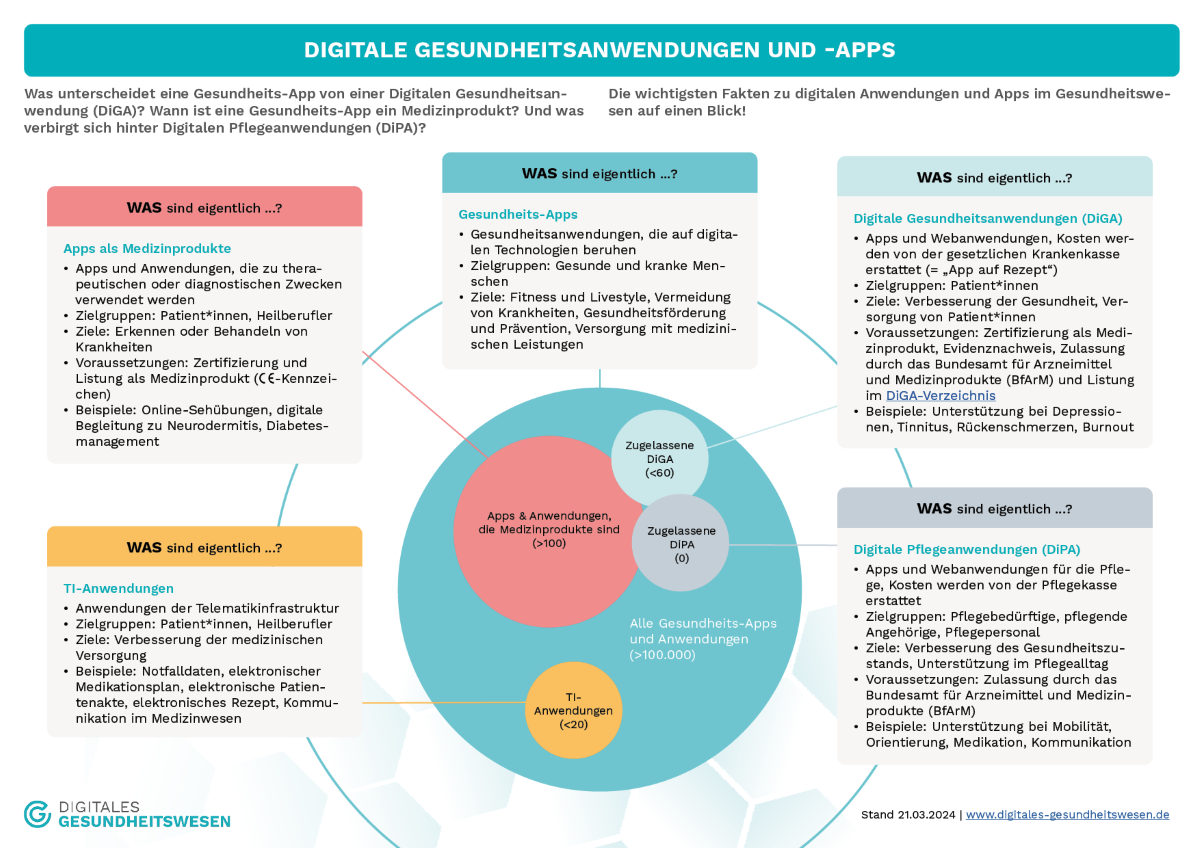CVE-2025-24888 - SecureDrop Client Remote Code Execution Vulnerability
CVE ID : CVE-2025-24888 Published : Feb. 13, 2025, 6:18 p.m. | 1 hour, 56 minutes ago Description : The SecureDrop Client is a desktop application for journalists to communicate with sources and work with submissions on the SecureDrop Workstation. Prior to version 0.14.1, a malicious SecureDrop Server could obtain code execution on the SecureDrop Client virtual machine (`sd-app`). SecureDrop Server itself has multiple layers of built-in hardening, and is a dedicated physical machine exposed on the internet only via Tor hidden services for the Source and Journalist interfaces, and optionally via remote SSH access over another Tor hidden service. A newsroom's SecureDrop Workstation communicates only with its own dedicated SecureDrop Server. The SecureDrop Client runs in a dedicated Qubes virtual machine, named `sd-app`, as part of the SecureDrop Workstation. The private OpenPGP key used to decrypt submissions and replies is stored in a separate virtual machine and never accessed directly. The vulnerability lies in the code responsible for downloading replies. The filename of the reply is obtained from the `Content-Disposition` HTTP header and used to write the encrypted reply on disk. Note that filenames are generated and sanitized server-side, and files are downloaded in an encrypted format, so a remote attacker who has not achieved server compromise, such as one posing as a source, could not craft the HTTP response necessary for this attack. While the filename is later checked to guard against path traversal before being moved into the Client’s data storage directory, the file has already been written to a potentially arbitrary location. In this case, `safe_move()` would detect the path traversal and fail, leaving the original downloaded file in the attacker-chosen directory. Code execution can be gained by writing an autostart file in `/home/user/.config/autostart/`. Version 0.14.1 fixes the issue. As of time of publication, there is no known evidence of exploitation in the wild. This attack requires a previously compromised SecureDrop Server. Severity: 8.1 | HIGH Visit the link for more details, such as CVSS details, affected products, timeline, and more...

Published : Feb. 13, 2025, 6:18 p.m. | 1 hour, 56 minutes ago
Description : The SecureDrop Client is a desktop application for journalists to communicate with sources and work with submissions on the SecureDrop Workstation. Prior to version 0.14.1, a malicious SecureDrop Server could obtain code execution on the SecureDrop Client virtual machine (`sd-app`). SecureDrop Server itself has multiple layers of built-in hardening, and is a dedicated physical machine exposed on the internet only via Tor hidden services for the Source and Journalist interfaces, and optionally via remote SSH access over another Tor hidden service. A newsroom's SecureDrop Workstation communicates only with its own dedicated SecureDrop Server. The SecureDrop Client runs in a dedicated Qubes virtual machine, named `sd-app`, as part of the SecureDrop Workstation. The private OpenPGP key used to decrypt submissions and replies is stored in a separate virtual machine and never accessed directly. The vulnerability lies in the code responsible for downloading replies. The filename of the reply is obtained from the `Content-Disposition` HTTP header and used to write the encrypted reply on disk. Note that filenames are generated and sanitized server-side, and files are downloaded in an encrypted format, so a remote attacker who has not achieved server compromise, such as one posing as a source, could not craft the HTTP response necessary for this attack. While the filename is later checked to guard against path traversal before being moved into the Client’s data storage directory, the file has already been written to a potentially arbitrary location. In this case, `safe_move()` would detect the path traversal and fail, leaving the original downloaded file in the attacker-chosen directory. Code execution can be gained by writing an autostart file in `/home/user/.config/autostart/`. Version 0.14.1 fixes the issue. As of time of publication, there is no known evidence of exploitation in the wild. This attack requires a previously compromised SecureDrop Server.
Severity: 8.1 | HIGH
Visit the link for more details, such as CVSS details, affected products, timeline, and more...









































































